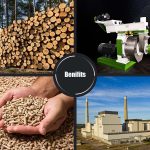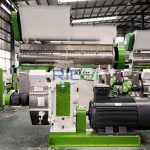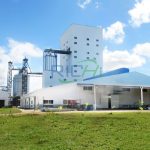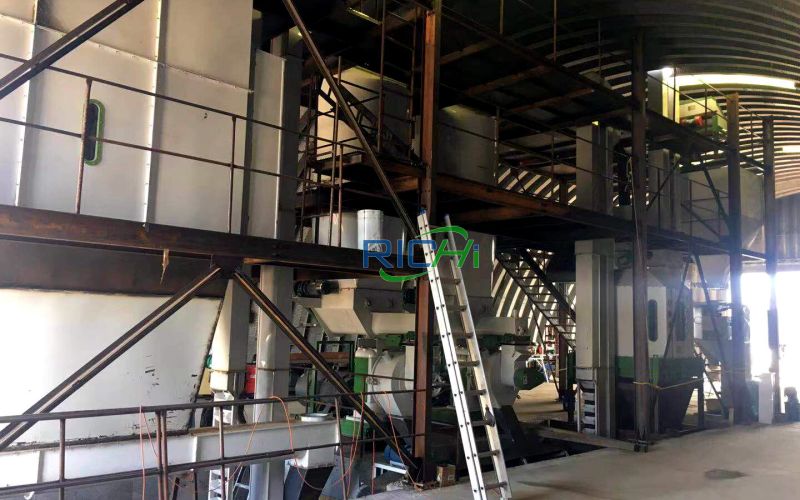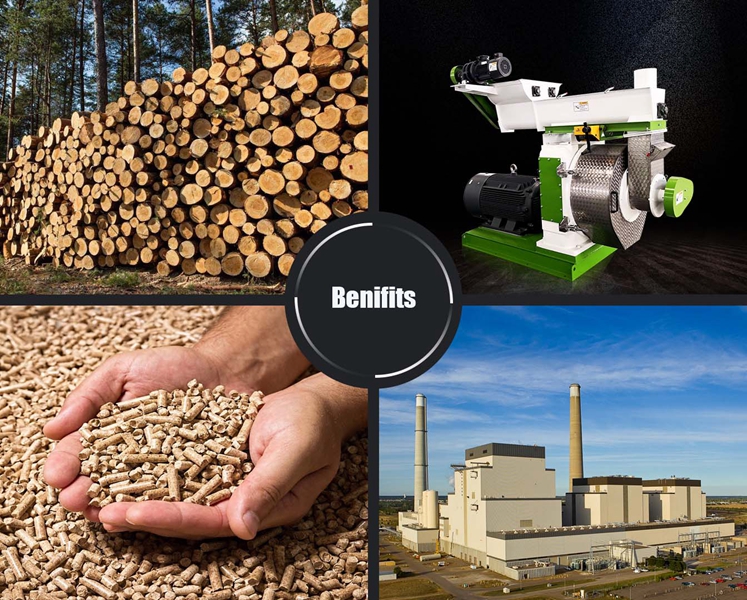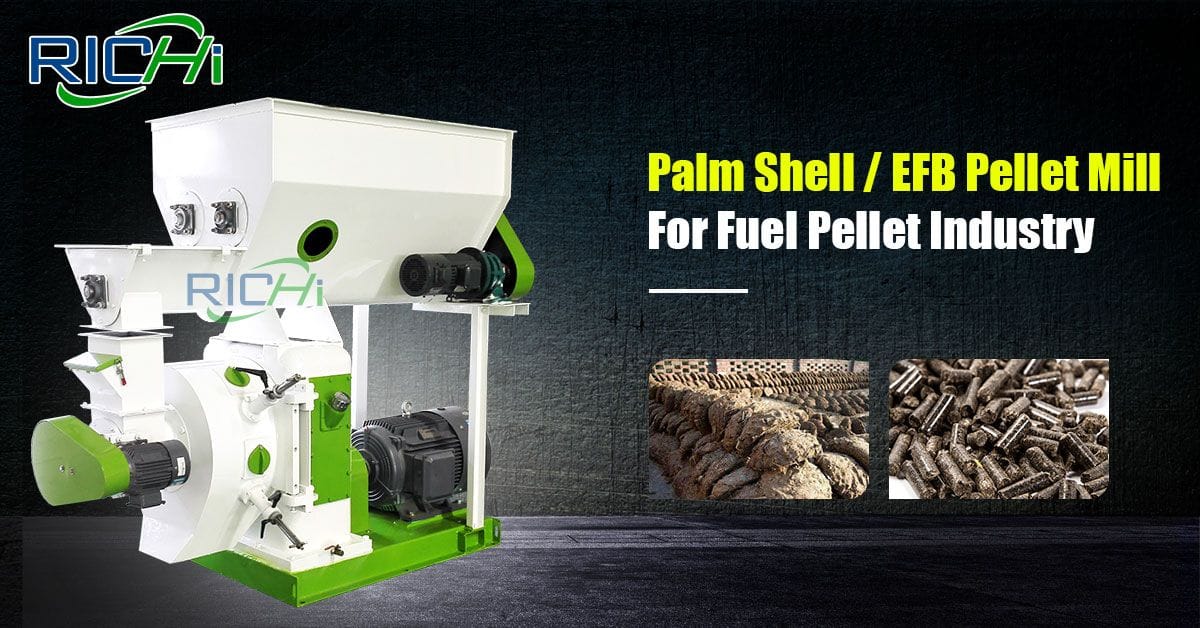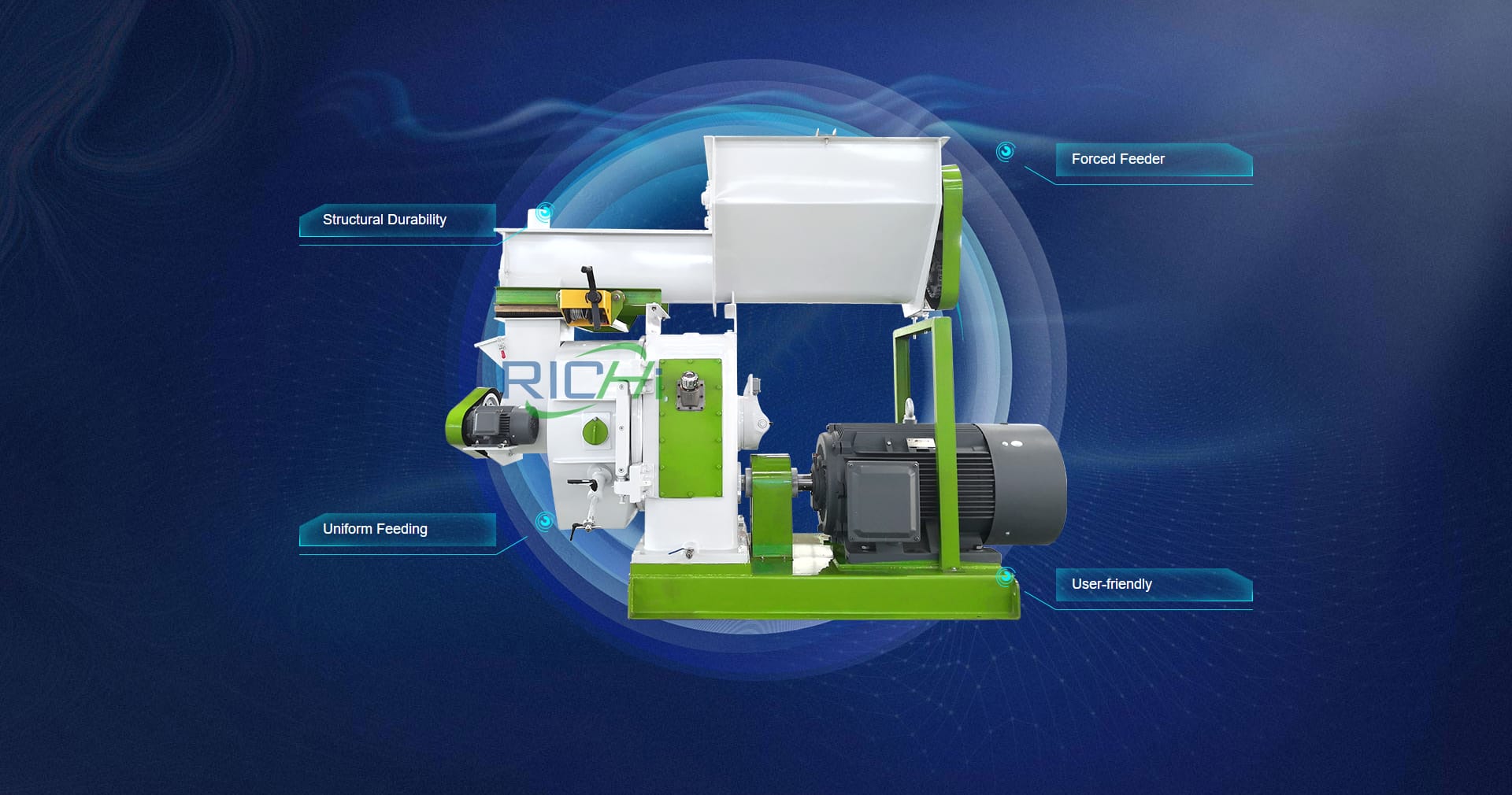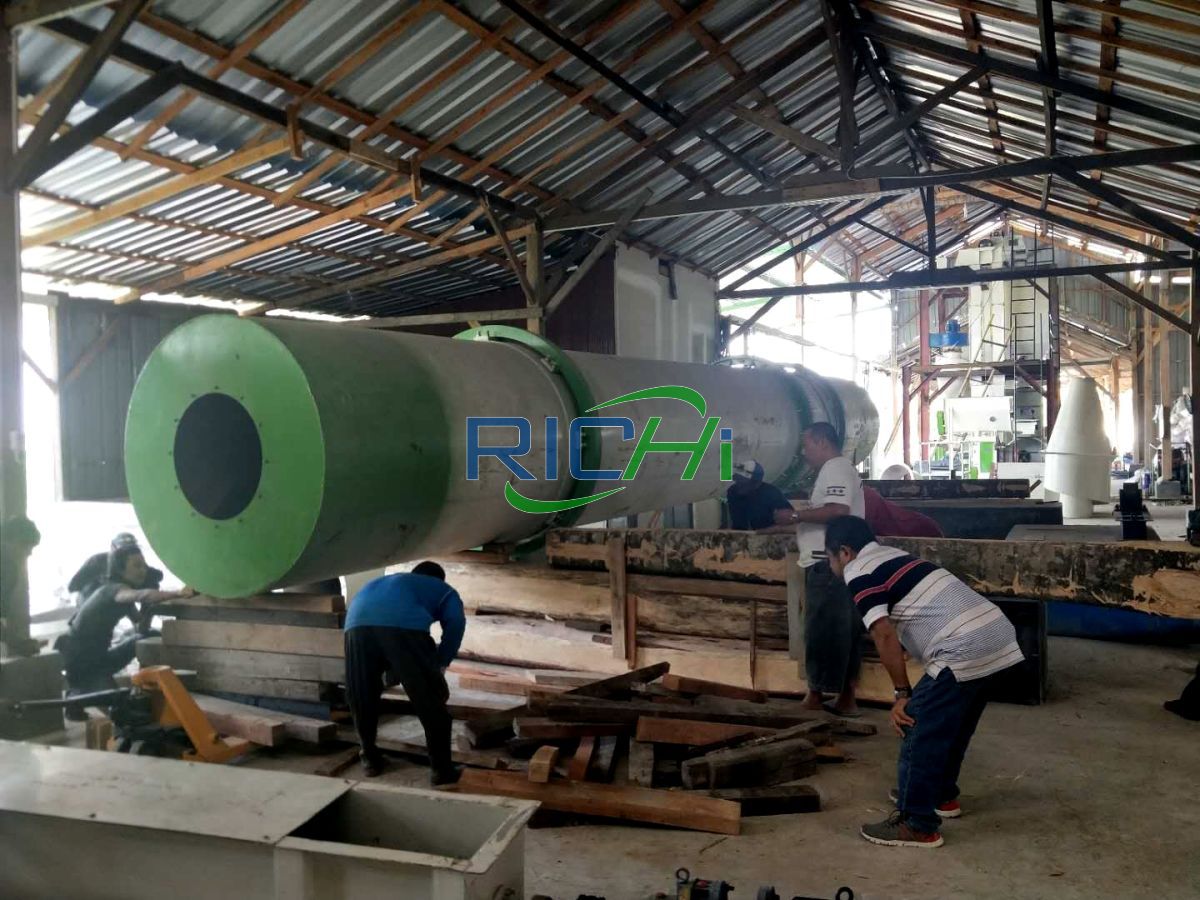Spain, with its robust forestry industry and growing focus on renewable energy, presents an excellent opportunity for establishing a wood pellet production line. When considering a 1 ton per hour (T/H) capacity plant, the selection of appropriate raw materials is crucial for ensuring efficient production and high-quality pellets. This article explores the various raw materials available in Spain that can be utilized in a 1 T/H wood pellet production line.
Primary Raw Materials
- Sawdust and Wood Shavings
Sawdust and wood shavings from sawmills and woodworking industries are ideal primary raw materials for wood pellet production. Spain’s well-established furniture and wood processing industries provide a steady supply of these materials. Sawdust is particularly suitable due to its small particle size and high lignin content, which aids in pellet formation without the need for additional binders. - Forest Residues
Spain’s extensive forest cover, particularly in regions like Galicia, Castilla y León, and Andalusia, offers abundant forest residues. These include:- Tree tops and branches
- Bark
- Thinnings from forest management activities
These materials often require additional processing, such as chipping and drying, before pelletization.
- Wood Chips
Wood chips from logging operations or dedicated energy crops can be an excellent source for pellet production. Spain has been increasing its cultivation of fast-growing species like poplar and eucalyptus, which can provide a consistent supply of wood chips.
Secondary Raw Materials
- Agricultural Residues
While not traditional wood sources, agricultural residues can be blended with wood materials to produce pellets. In Spain, potential sources include:- Olive pits and prunings from the extensive olive industry
- Grape pomace from wine production regions
- Almond shells from nut processing facilities
- Recycled Wood
Spain’s commitment to circular economy principles has led to increased wood recycling. Clean recycled wood from construction and demolition activities, as well as from discarded furniture, can be processed for pellet production.
Raw Material Considerations for a 1 T/H Production Line
When selecting raw materials for a 1 T/H wood pellet production line in Spain, several factors must be considered:
- Moisture Content
The ideal moisture content for pellet production is between 10-15%. Many raw materials, especially fresh forest residues, may require drying before pelletization. A 1 T/H line should include a drying system to ensure optimal moisture levels. - Particle Size
For efficient pelletization, raw materials should be reduced to a uniform size, typically less than 3mm. A hammer mill or similar grinding equipment is essential in the production line to achieve this consistency. - Lignin Content
Materials with higher lignin content, such as softwoods, produce more durable pellets. Spain’s pine forests can provide excellent raw material in this regard. - Ash Content
Lower ash content is preferable for producing high-quality pellets. Wood from stem wood typically has lower ash content compared to bark or agricultural residues. - Availability and Seasonality
A 1 T/H production line requires a consistent supply of raw materials. Considering Spain’s diverse climate and agricultural practices, it’s important to plan for potential seasonal variations in raw material availability.
Sourcing Strategies for Raw Materials in Spain
- Partnerships with Sawmills and Wood Processing Industries
Establishing long-term agreements with local sawmills and wood processing facilities can ensure a steady supply of sawdust and wood shavings. - Collaboration with Forest Management Companies
Working with companies engaged in forest management activities can provide access to forest residues and thinnings. - Agricultural Cooperatives
For agricultural residues, partnering with agricultural cooperatives, especially in olive and wine-producing regions, can be beneficial. - Recycling Centers
Developing relationships with wood recycling centers can provide a source of clean, recycled wood suitable for pellet production.
Environmental and Sustainability Considerations
Spain’s commitment to renewable energy and sustainable forestry practices aligns well with wood pellet production. When sourcing raw materials, consider:
- Certification: Ensure raw materials come from sustainably managed forests, possibly certified by FSC or PEFC.
- Local Sourcing: Prioritize local sources to reduce transportation costs and carbon footprint.
- Waste Reduction: Utilizing waste materials from other industries contributes to circular economy goals.
Challenges in Raw Material Sourcing for a 1 T/H Line
- Competition: With growing interest in biomass energy, competition for raw materials may increase.
- Quality Consistency: Maintaining consistent quality across different raw material sources can be challenging.
- Transportation: Efficient transportation logistics are crucial, especially for a smaller 1 T/H operation.
- Seasonal Variations: Planning for seasonal fluctuations in raw material availability is essential.
Future Outlook
The future of raw material sourcing for wood pellet production in Spain looks promising. Ongoing developments include:
- Energy Crops: Increased cultivation of fast-growing tree species specifically for biomass production.
- Improved Forest Management: Enhanced practices leading to more sustainable and consistent supply of forest residues.
- Technological Advancements: Improved processing technologies allowing for more efficient use of diverse raw materials.
Conclusion
Spain offers a diverse range of raw materials suitable for a 1 T/H wood pellet production line. From traditional wood industry byproducts to agricultural residues and recycled wood, the options are varied and abundant. The key to success lies in developing a robust and diversified sourcing strategy that ensures a consistent supply of high-quality raw materials.
By carefully considering factors such as moisture content, particle size, and sustainability, and by establishing strong partnerships with local suppliers, a 1 T/H wood pellet production line in Spain can operate efficiently and contribute to the country’s renewable energy goals. As the industry continues to evolve, staying adaptable to new raw material sources and processing technologies will be crucial for long-term success in the Spanish wood pellet market.



